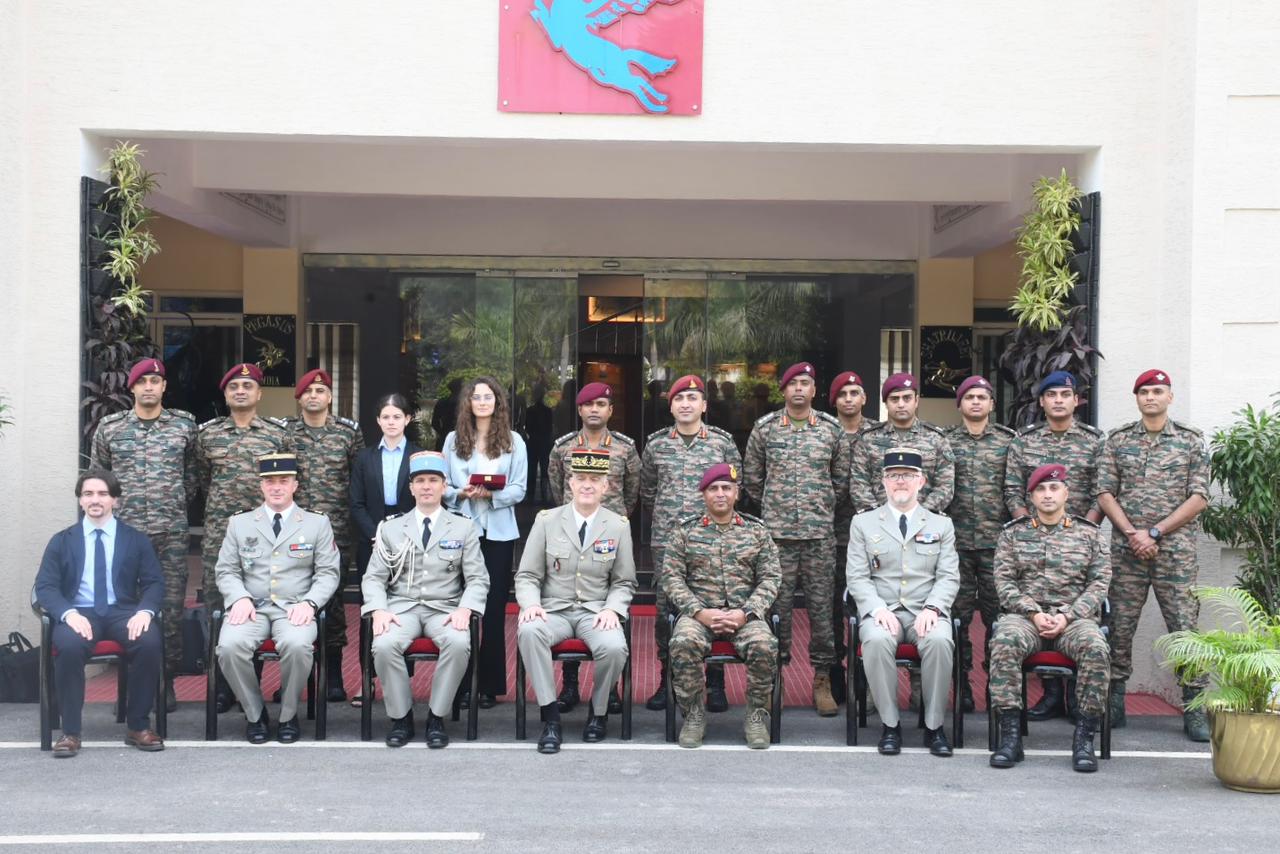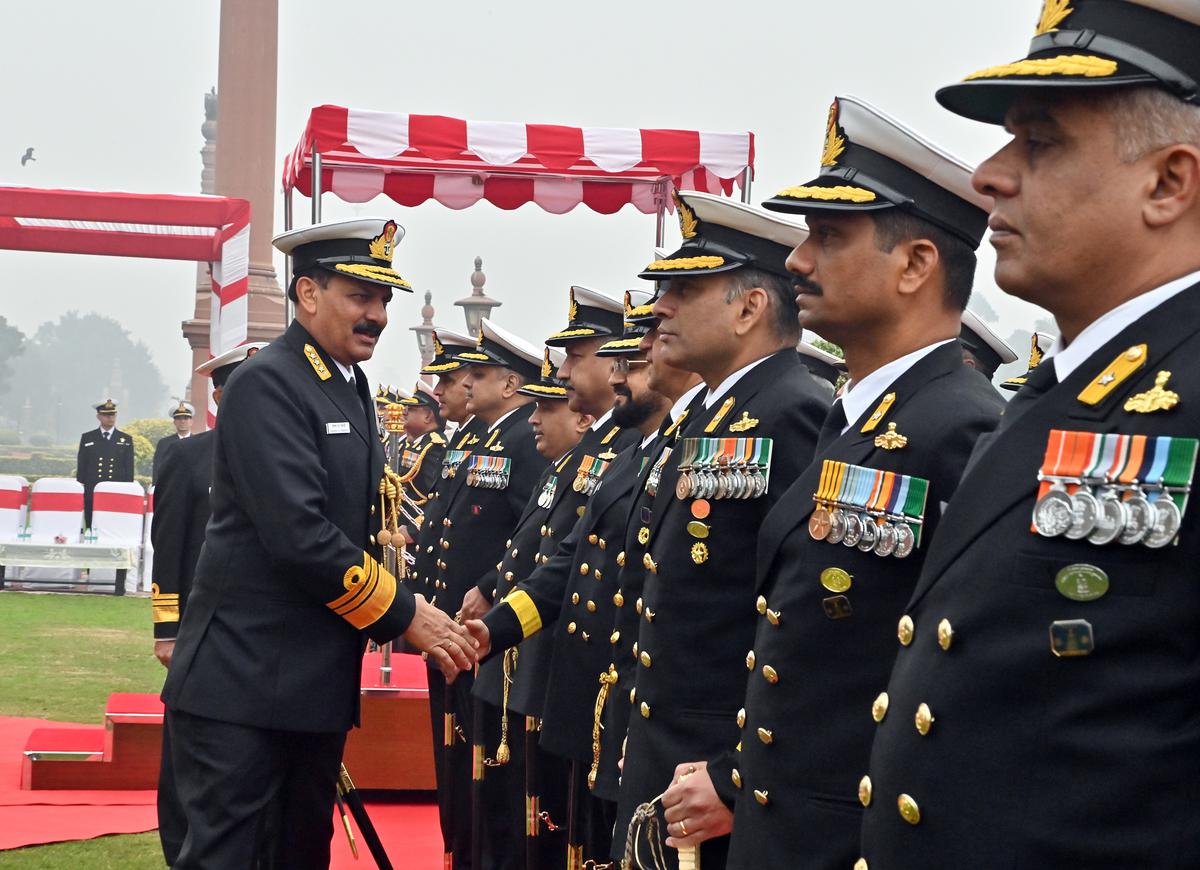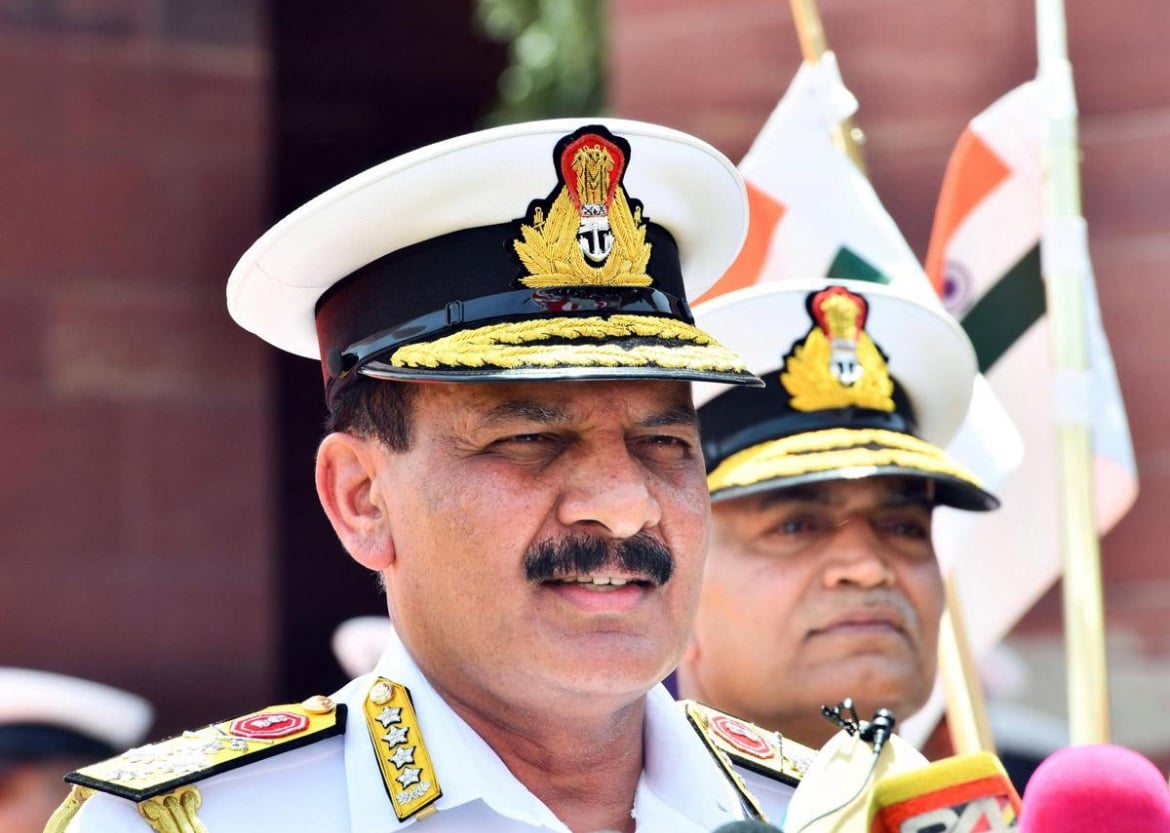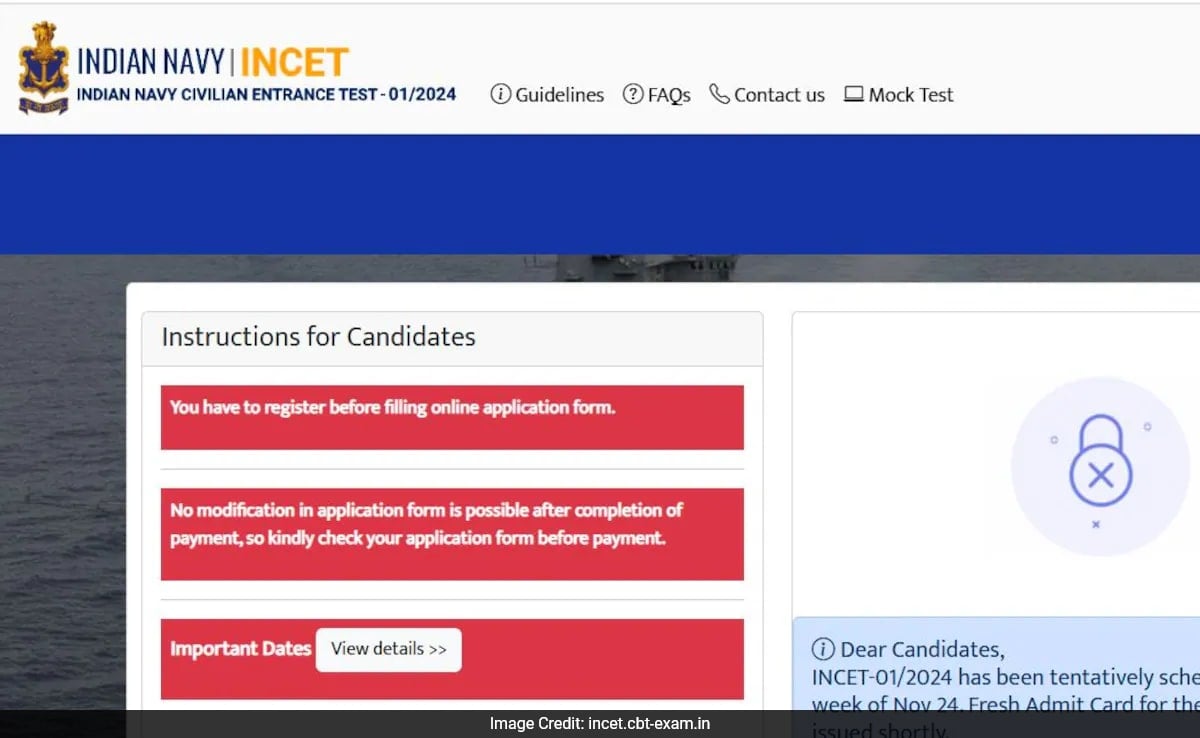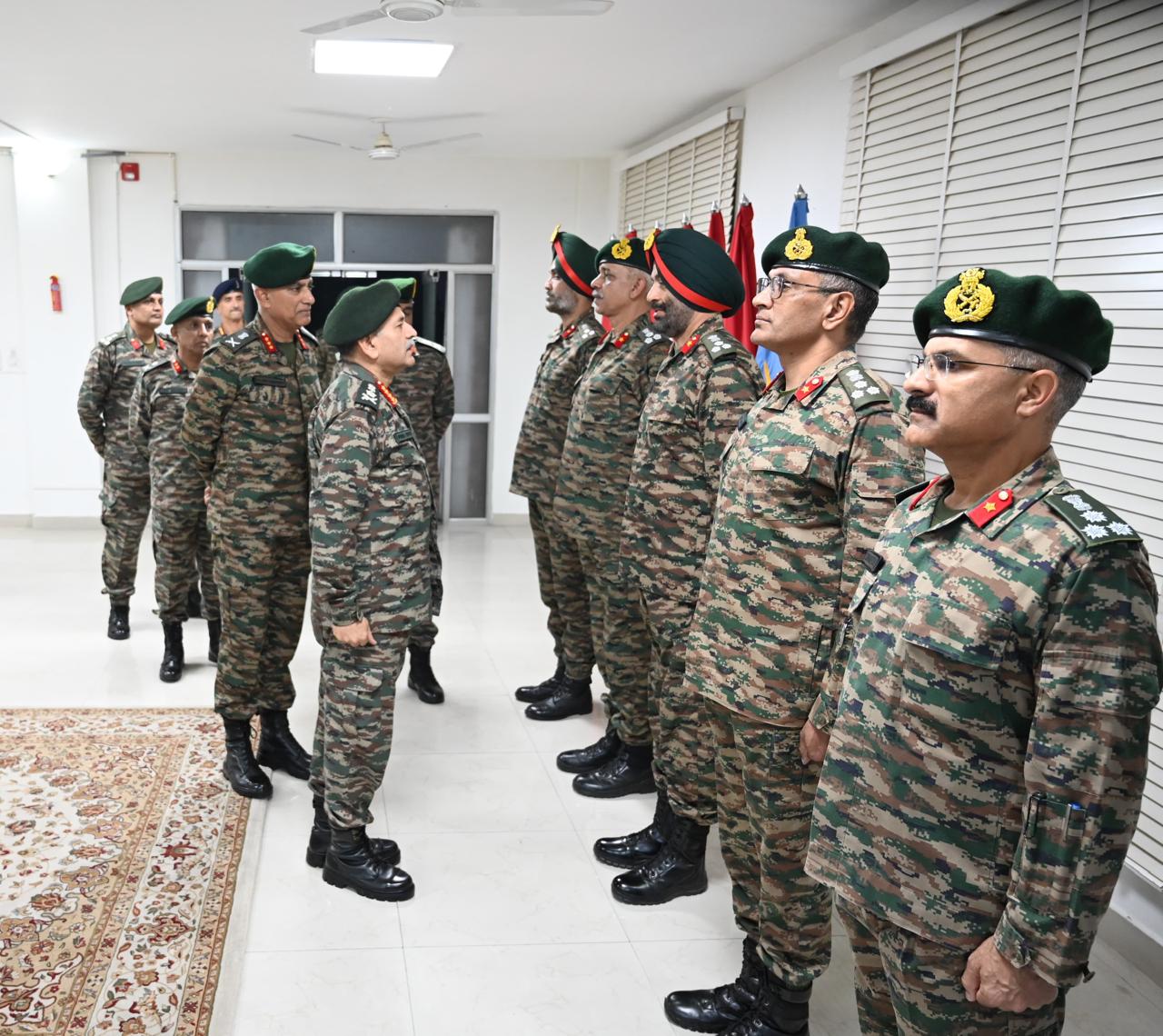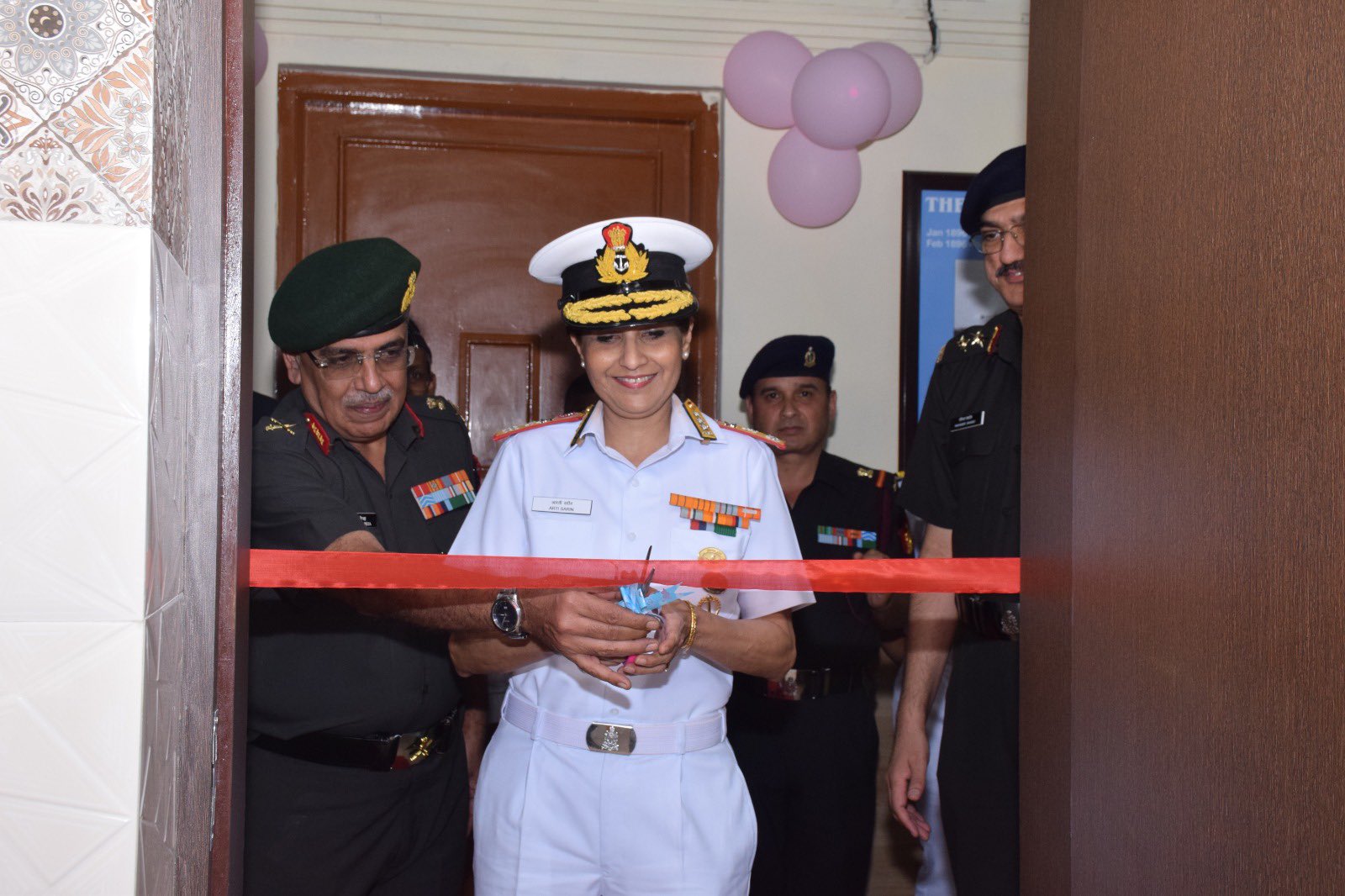20th Army-to-Army Staff Talks Strengthen Defence Cooperation Between Indian and French Armies
From November 6 to 8, 2024, the 20th Army-to-Army Staff Talks (AAST) between the Indian Army and the French Army…
India’s Navy Chief Affirms Robust Maritime Monitoring Amid China’s Activities in the Region
In a recent address, Chief of Naval Staff Admiral Dinesh K Tripathi highlighted India's robust maritime domain awareness capabilities, asserting…
India’s Navy Maintains Vigilant Monitoring of Maritime Activities, Dismisses Concerns Over China’s Dual Carrier Operations
In a significant address at the Ezhimala Naval Academy in Kannur, Kerala, Chief of Naval Staff Admiral Dinesh K Tripathi…
Indian Navy INCET Recruitment 2024: Exam Rescheduled for Last Week of November
The Indian Navy has announced the rescheduling of the Indian Navy Civilian Entrance Test (INCET 01/2024) to take place in…
General Upendra Dwivedi Visits Rising Star Corps
General Upendra Dwivedi, the Chief of Army Staff (COAS), visited the Rising Star Corps (IX Corps) to review its operational…
AFMC Pune Celebrates International Day of Radiology 2024
The International Day of Radiology (IDoR) 2024 was commemorated with great fervor at the Armed Forces Medical College (AFMC), Pune,…

